Team Members

Problem Statement
Approximately 35 – 80% of nurses sustain back injuries due to patient transfer and handling during their career (Reducing Injuries During Patient Transfer 2007). Therefore, our project aims to find a new mechanism for patient transfers that will minimize the prevalence of back injuries in nurses during lateral patient transfers, while sustaining the safety of the patients.
Problem Information
- Lateral transfers in patient transfers are often the leading cause of back injuries to healthcare workers
- Incidence rate of back injuries is 28.9 per 10,000 healthcare workers, back injuries due to lateral transfers are 15.8 per 10,000 healthcare workers (Dutta, 2013)
- On average, $15,600 are spent yearly on worker compensation claims for patient handling injuries (Safe Patient Handling, 2009)
- Our goal is to reduce the force needed to move patients, which in turn would reduce the risk of injury for care givers
Customer Needs, Wants, and Specifications
| Rank | Needs | Goal |
| 1 | Reduce injury frequency | < 0.1% during a nurse career |
| 2 | Reduce the force needed to move the patient | < 20 N pulling force |
| 3 | Portable, lightweight device | < 30 kg total mass |
| 4 | Affordable | < $5 total cost per transfer |
| 5 | Transfer time | < 3 minutes |
Prototyping Process
Our chosen idea, the Safe Patient Transfer Cylinder, utilizes a ‘rolling mechanism’ and a gear set to perform the lateral transfer. The rolling cylinder gears provide a torsion force that minimizes the force needed to pull patient. The following gallery shows the mechanism we have been optimizing over the semester.




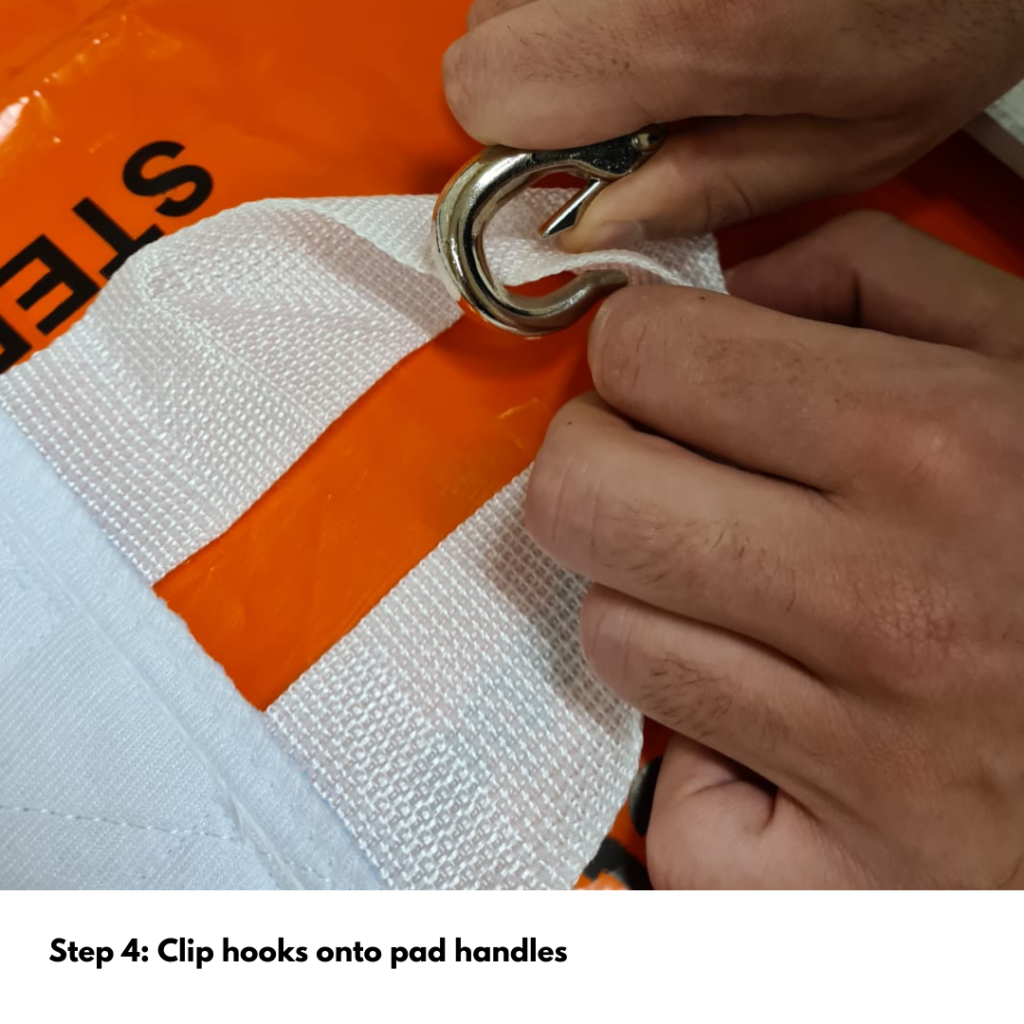
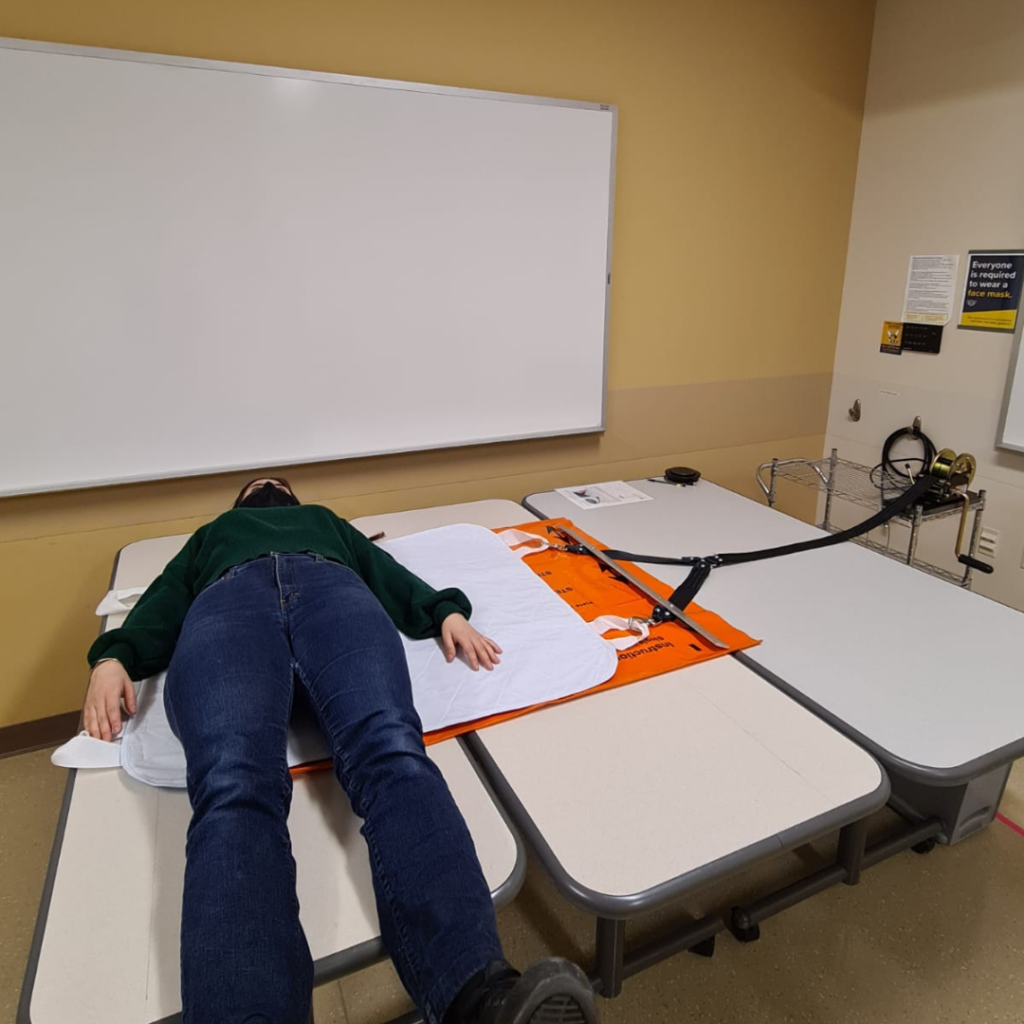

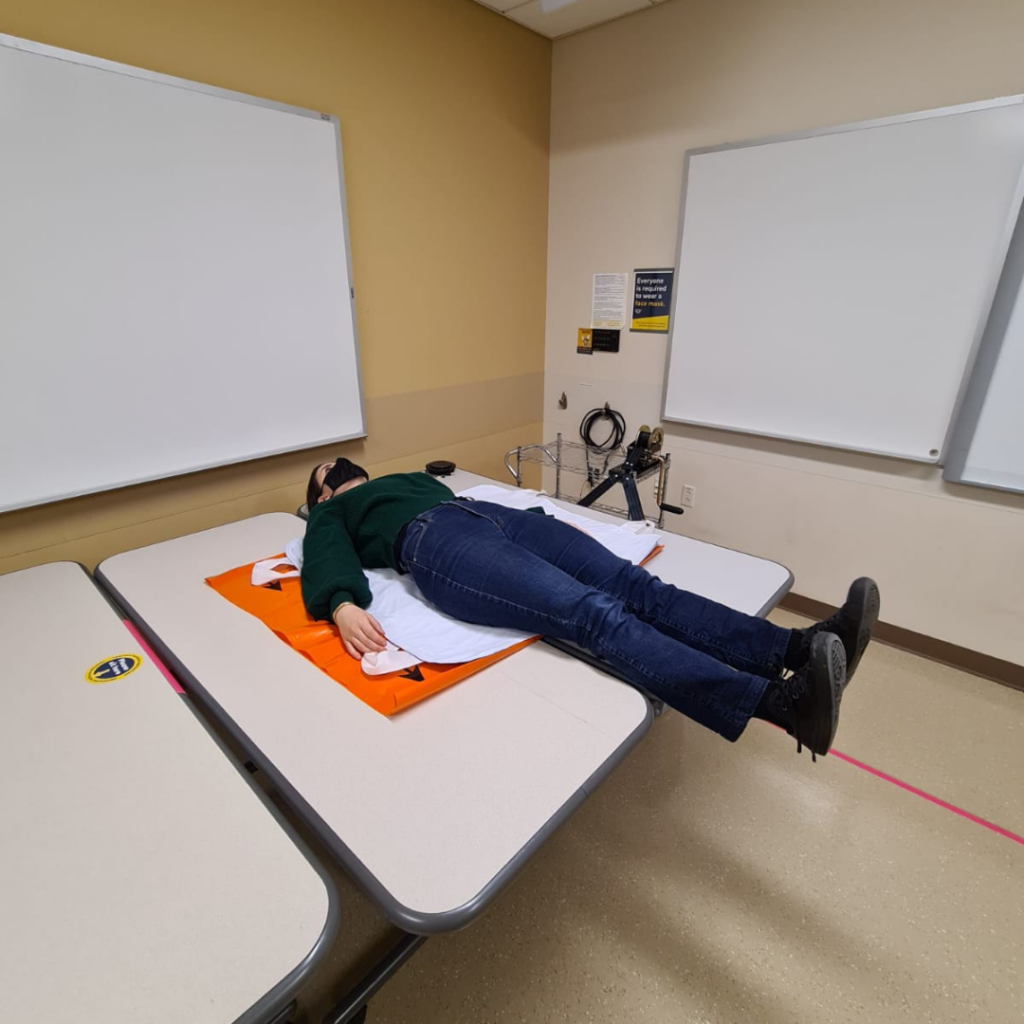
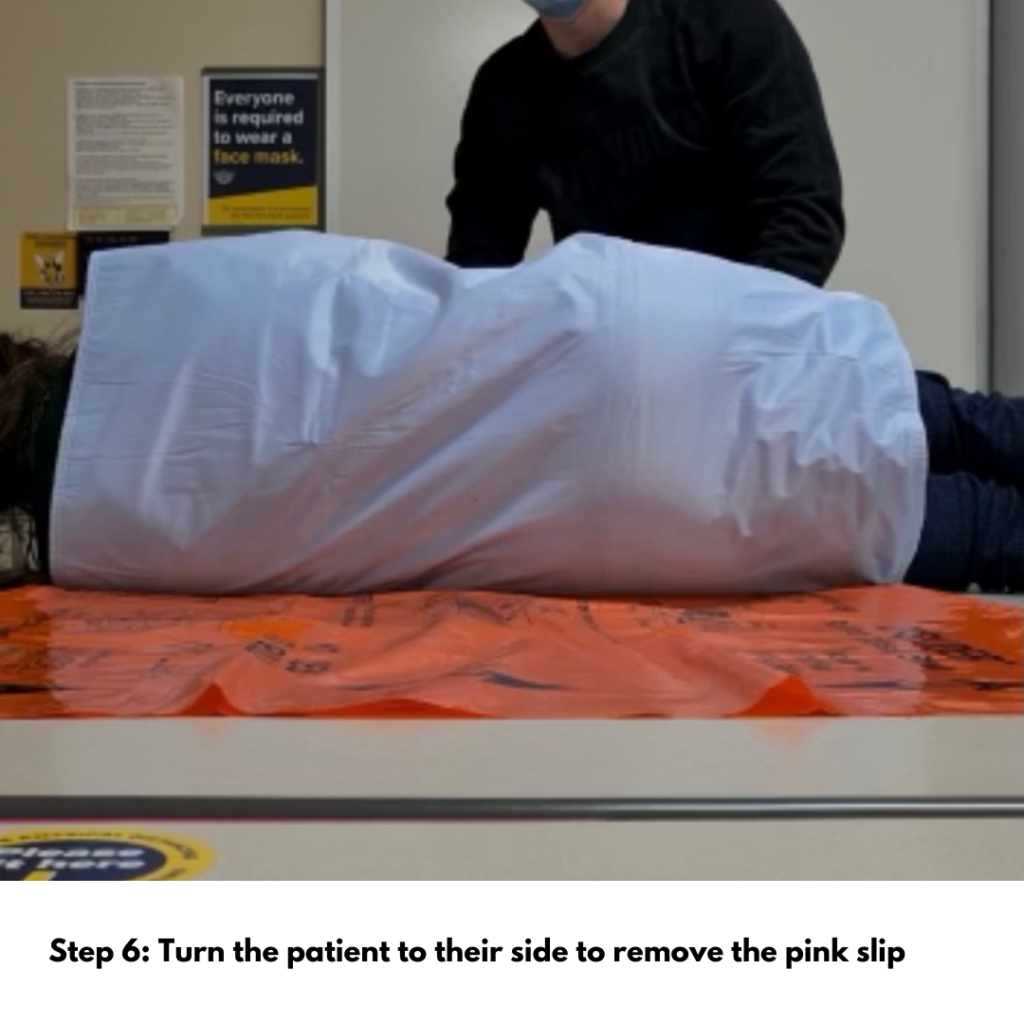
Design Key Components
The following list describes the key components in our device:
The Rolling Cylinder
The rolling cylinder produces the force required to pull the patient from one surface to another, gears will transmit the torque and amplify force throughout the system
The Straps and Hooks
The straps transmit the force produced by the cylinder and connect the cylinder to the patient underpad through attached hooks.
The Pink Slip and Underpad
The Pink Slip is a friction-reducing sheet used to reduce the pulling force. It is placed under the patient’s underpad to reduce the friction coefficient of the system.
The Cylinder Stand
The cylinder stand supports the rolling cylinder system. It is also connected with locking wheels that provide mobility and stability to the system.
The following image shows the top view of one of the first prototypes we worked on this semester:
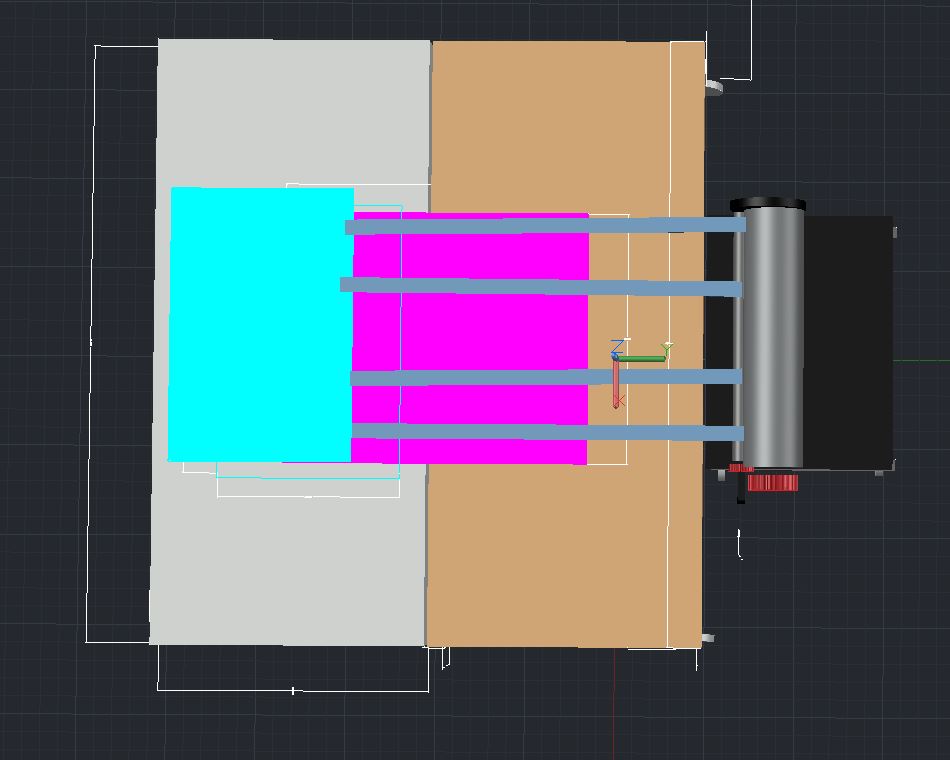
Final Prototype
Based on our customer feedback that showed preference for a more compact product, we collapsed our cylinder to a smaller length that allows for easier storage and movement. The straps extend in a Y-Shape that connects to the ends of the underpad. Our final prototype utilizes a winch to mimic the rolling gear mechanism, and a utility cart that will act as the cylinder stand. The following image gallery shows our final prototype:


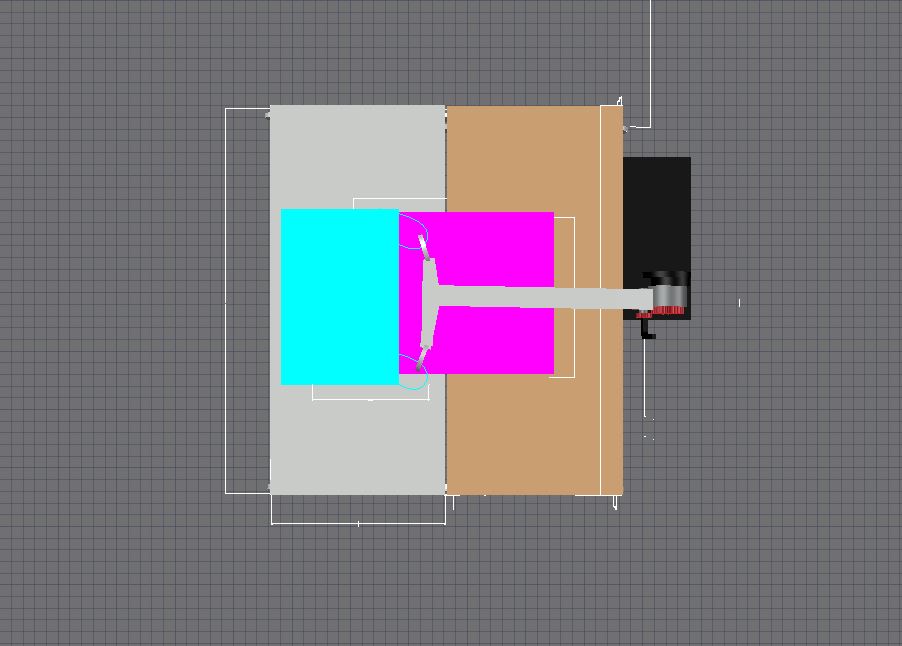
Final Prototype of Product
Product Testing
The following tests are conducted to ensure the durability of the system and its ability to withstand weights up to 300 lbs.
Strap Tensile Testing
One of the failure modes that we have identified that can have adverse effects on both the nurses and the patients is the failure of the straps. Our plan is to attach a Y-shape straps that can withstand the forces involved in transferring the patient
The polyester straps we used in our prototype are able to withstand up to 1000 lbs. Tensile testing will be performed on straps to evaluate the mechanical properties of the straps to ensure their durability.
Failure Testing of the Cylinder System
Another failure modes that we have identified that can have adverse effects on both the nurses and the patients is the failure of the gear set within the winch. We plan to apply a failure testing to the winch component to determine whether the winch perform as design and whether the user experience is acceptable when service goes down.
Overall testing of product with different weight
To test the overall performance of our device, multiple weights will be used to test the forced needed to move the system, and the total time required for the transfer. This testing process will utilize weights between 100 – 400 lbs to evaluate the quality of the device and its ability in meeting customer requirements.
Customer Feedback
Our customer feedback was positive since our design successfully decreases the amount of force needed for patient transfers. Upon seeing our initial prototypes, our customers indicated that they would like to see a more compact, easier to store device. We were able to accommodate for their needs by decreasing the size of the cylinder, making the device more compact while preserving the metrics achieved by our design.
Next Steps and Further Improvements and Considerations for the Future
Motor Component
Using a motor would completely eliminate the need for pulling forces, by solely relying on electrical power to roll the cylinder part. Further considerations related to motors should account for the increase in product mass and price.
Adjustable Stand Height
The adjustable height would account for the difference in heights between different hospital beds, stretchers, and surfaces, which in turn would make the device more efficient
Cylinder Tipping Prevention
Our team has been working on further measures to prevent the tipping of the main component of the device, the cylinder. Suggested solutions include fixing the transfer device to the hospital beds, and adding more support units in the cylinder stand
Acknowledgements
Customer: Katie Konopka and Mike Palazzo
Supervisor: Richard Waugh Ph.D.
Project Liasion: Megan Luzenski
Professors: Amy L. Lerner Ph.D. and Scott Seidman Ph.D.
We would like to thank our customers Katie Konopka and Mike Palazzo for introducing this problem and their help and feedback throughout the brainstorming and prototyping process. We would also like to thank our supervisor, Dr. Richard Waugh, and our project Liaison, Megan Luzenski for reviewing our weekly progress and providing us with continuous feedback during this semester. Finally, we would like to thank Dr. Amy Lerner and Dr. Scott Seidman for all their efforts in advising our team and constantly providing suggestions to improve our product.
References
Reducing Injuries During Patient Transfer Among Nurses, Radiology Technicians and Caregivers , 2011. Available from: https://fit2wrk.com/wp-content/uploads/2015/08/ARTICLE_Fit2wrk_ClinicalEd_vol1-17.pdf .
Safe Patient Handling Programs: Effectiveness And Cost Savings. OSHA. Available at:<https://www.osha.gov/Publications/OSHA3279.pdf> [Accessed 15 November 2020].
Dutta, T., 2013. Spine shrinkage and cumulative load for determining risk of back injury in caregivers. Theoretical Issues in Ergonomics Science, 15(6), pp.636-646.
Orthopaedic Nursing, 2009. Safe Patient Handling. 28(SUPPLEMENT), pp.S33-S35.
